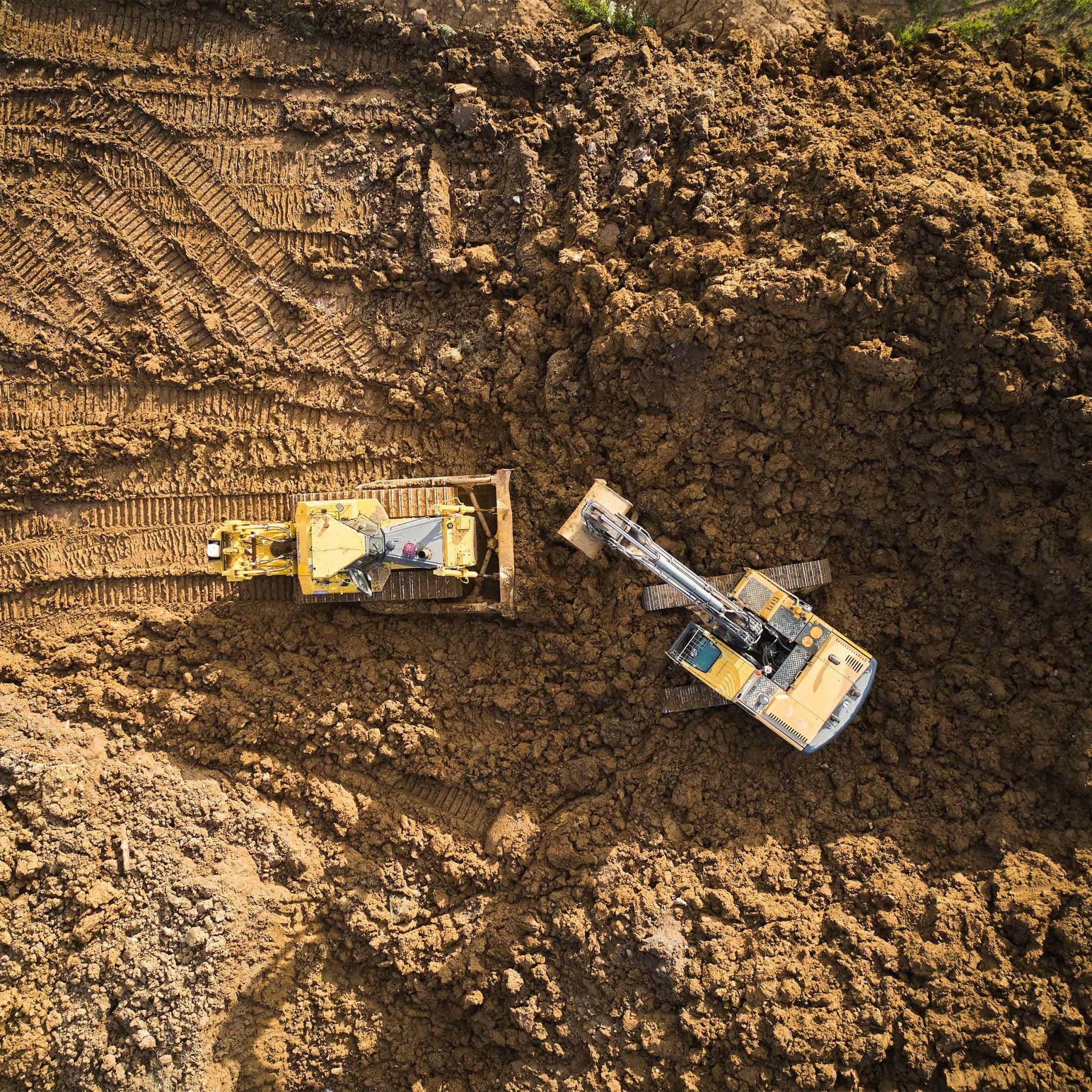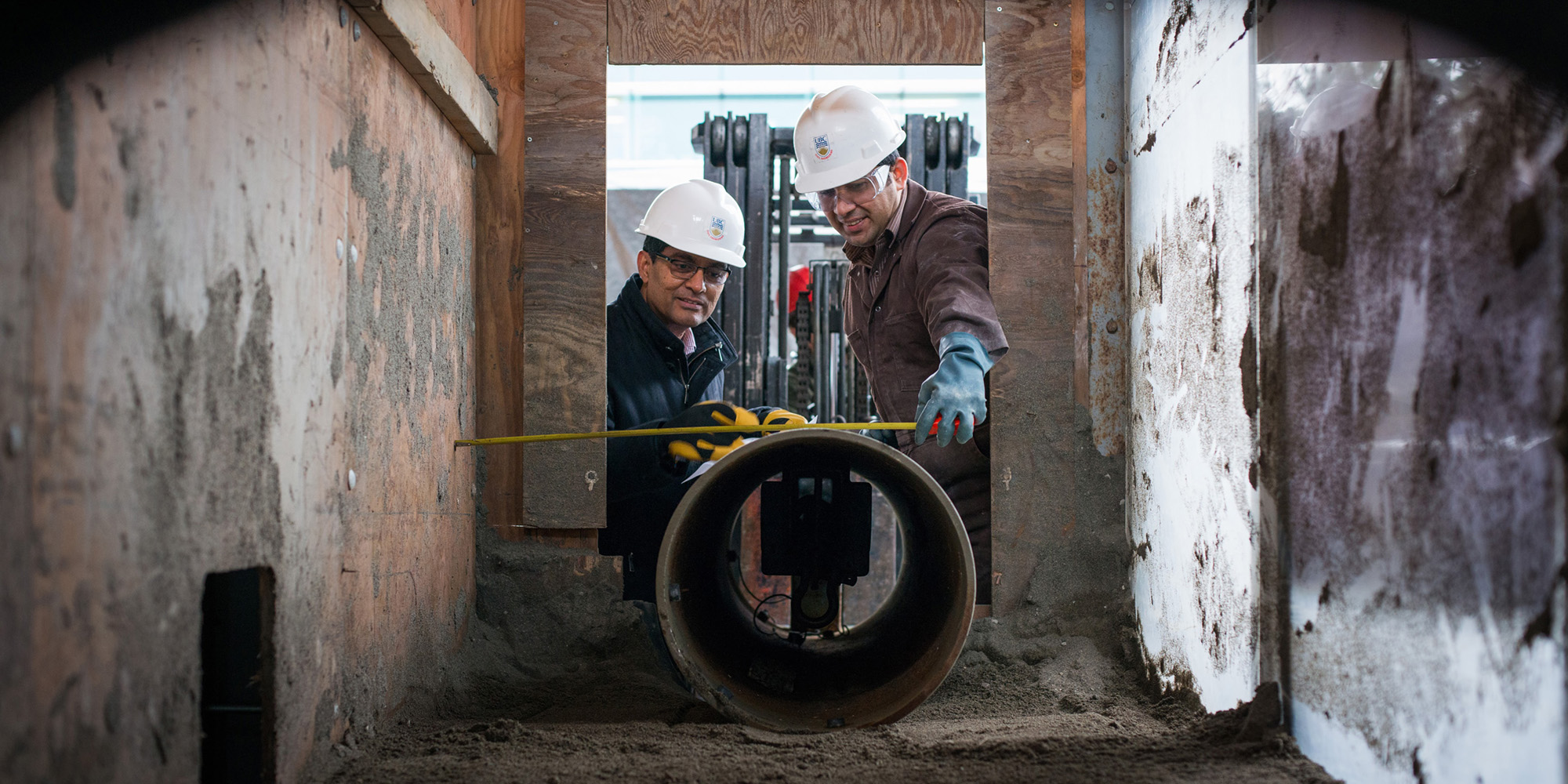Why the Geotechnical Industry Requirements Ingenious Solutions Now
Why the Geotechnical Industry Requirements Ingenious Solutions Now
Blog Article
The Important Contributions of Geotechnical Designers in Analyzing Soil Actions and Structure Layout for Sustainable Infrastructure Growth
Geotechnical designers serve as a cornerstone in the realm of lasting facilities growth, where their experience in assessing soil actions straight affects the safety and durability of frameworks. By using sophisticated strategies such as Conventional Infiltration Examinations and Cone Infiltration Screening, they thoroughly review dirt buildings, leading to informed choices on structure style.
Role of Geotechnical Designers

In enhancement to site investigations, geotechnical engineers examine prospective dangers such as soil liquefaction, incline stability, and groundwater concerns. They apply advanced design concepts to create solutions that minimize these dangers, guaranteeing that layouts follow relevant codes and requirements. Their work often entails collaboration with other design disciplines, engineers, and ecological scientists to develop incorporated approaches to infrastructure development.
Moreover, geotechnical designers add to sustainable methods by advertising using products and approaches that decrease environmental influence. Through their thorough understanding of dirt technicians and geology, they play a vital duty in fostering risk-free, resistant, and lasting infrastructure that fulfills the needs of society while shielding the atmosphere.
Dirt Habits Evaluation Strategies
Understanding soil habits is essential to educated decision-making in geotechnical design, as it directly influences the style and building and construction processes. Various evaluation methods are utilized to review soil residential or commercial properties, making sure exact predictions of its efficiency under various loading problems.
One key method is the Conventional Infiltration Examination (SPT), which gives understandings right into dirt thickness and uniformity via the resistance encountered during penetration. Similarly, Cone Penetration Screening (CPT) uses a continual account of soil stratification and in-situ stamina parameters, enabling a much more detailed understanding of subsurface conditions.
Laboratory examinations, such as Atterberg restrictions, unconfined compressive stamina, and triaxial tests, are important for defining soil actions under controlled conditions. These examinations assist in the determination of crucial parameters, consisting of shear leaks in the structure, stamina, and compressibility.

Foundation Style Concepts
Structure design principles are crucial for making sure the security and longevity of structures, as they determine exactly how tons are sent from the superstructure to the underlying dirt. These principles encompass various factors to consider, including load-bearing capability, settlement, and lateral stability. A complete understanding of soil technicians is essential for geotechnical designers to examine the communication in between the dirt and the structure.
One trick concept is the appropriate selection of structure type, which may include shallow foundations, such as spread footings, or deep structures, like caissons or piles, relying on soil conditions and architectural lots - civil consulting engineers. The structure should be made to lessen differential settlement, which can cause structural damage

Lasting Framework Practices
Exactly how can we efficiently integrate sustainability right into infrastructure practices? To attain this, it is necessary to embrace an alternative strategy that emphasizes the partnership in between geotechnical engineering and environmental stewardship. Lasting infrastructure practices start with extensive site analyses, which assess dirt habits, local communities, and source accessibility. By understanding these aspects, engineers can create designs that decrease environmental impact while enhancing product usage.
In addition, employing ingenious construction methods, such as making use of recycled products and low-impact structures, significantly lowers the carbon footprint of facilities projects. Geotechnical engineers play a crucial role in choosing proper products that enhance longevity and sustainability, such as utilizing geo-synthetics to boost dirt security and lower erosion.
Additionally, sustainable facilities methods call for recurring surveillance and upkeep to ensure that structures remain resilient gradually. This consists of implementing adaptive management strategies to deal with prospective environmental modifications. Cooperation amongst stakeholders-- consisting of designers, neighborhood areas, and policymakers-- is critical for incorporating sustainability goals into task preparation and execution. Eventually, these methods not only add to the longevity of structures yet additionally promote a healthier atmosphere, straightening framework advancement with broader sustainability objectives.
Study and Applications
Study in geotechnical engineering provide beneficial understandings into the practical applications of dirt behavior and sustainable framework methods. One notable instance is the building of the Burj Khalifa in Dubai, where extensive dirt screening and analysis were carried out to evaluate the special obstacles posed by the area's loosened sand and high water table. Geotechnical designers employed progressed strategies such as vibrant probing and cone penetration screening to identify the soil's load-bearing capacity, eventually causing the click site design of a deep foundation system that supports this iconic structure.
One more critical case is the removal of the San Francisco-Oakland Bay Bridge after the 1989 Loma Prieta quake. Geotechnical analyses revealed the need for soil stabilization strategies, consisting of grouting and soil nailing, to boost the seismic resilience of the foundation. These interventions not only enhanced the bridge's security yet additionally contributed to its durability and sustainability.
Such study exhibit just how geotechnical designers play an essential duty in understanding soil behavior and applying innovative services to guarantee the structural integrity and sustainability of infrastructure projects. geo tech engineering. Their competence is necessary in resolving the facility tests presented by numerous dirt conditions across varied geographical places
Final Thought
Finally, the contributions of geotechnical engineers are vital for the analysis of dirt habits and the design of structures, which are crucial for lasting facilities advancement. Through the application of advanced screening methods and innovative products, these experts ensure the security and safety and security of frameworks while minimizing environmental impacts. The combination of lasting methods promotes resilience in infrastructure projects, highlighting the value of collaboration amongst stakeholders to attain effective construction options that meet both environmental and societal demands.
Geotechnical engineers offer as a cornerstone in the world of sustainable framework development, where their competence in assessing dirt actions directly affects the safety and long life of structures.Geotechnical designers play a vital duty in the style and building and construction of infrastructure by examining dirt and rock habits to make sure stability and safety and security. An extensive understanding of dirt mechanics is vital for geotechnical designers to evaluate the a fantastic read communication in between the soil and the structure.
Geotechnical analyses disclosed the need for soil stablizing strategies, consisting of grouting and dirt nailing, to enhance the seismic resilience of the foundation.In verdict, the contributions of geotechnical engineers are important for the assessment of soil habits and the design of foundations, which are reference vital for lasting framework growth.
Report this page